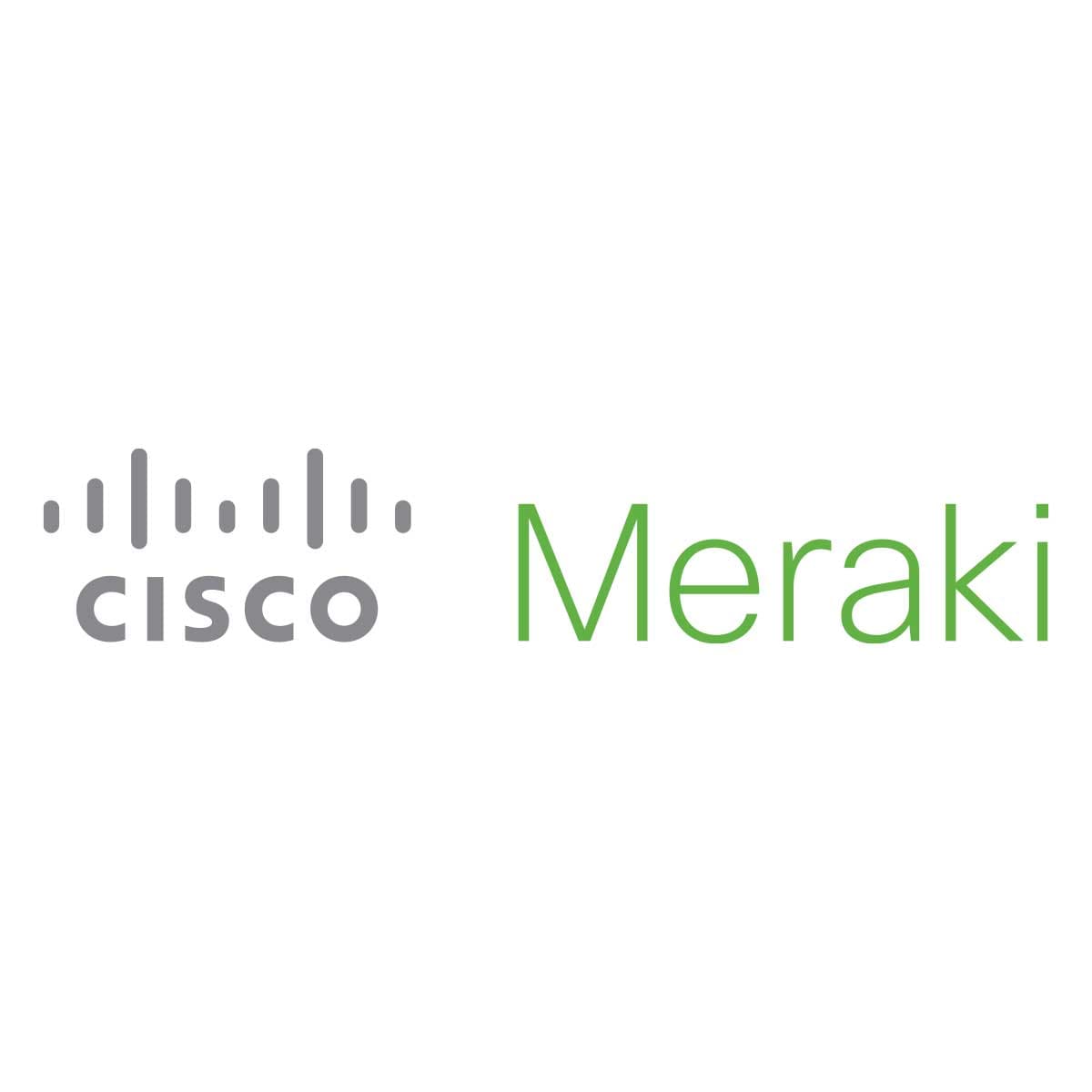

I hope all of you stay as safe as possible from brute force attacks, ransomware, and all the other cyber threats that might make you lose precious time, money, and data, so I’ll share some info about the risks of being connected to a Synology server and what I think would be the best prevention techniques for a brute force attack. On the contrary, they kept hammering on with fierce attempts (with no success, though) once they noticed the port was open. When I noticed the alert I naturally tightened the brute force rules, but this didn’t make cybercriminals give up.

If you would like to find out more detail about the solution, you can also give one of our friendly team a call on 01273 834 000.It’s certainly no joke that literally anyone can become the target of a cyberattack, both at home and at work, and the recent brute force attack alert that I had on my home Synology NAS server a few days ago proves it.
 Use strong passwords for your remote management and file sharing tools that are notĮasily compromised by brute-force hacking tools.
Use strong passwords for your remote management and file sharing tools that are notĮasily compromised by brute-force hacking tools. #STOP BRUTE FORCE PORT ATTACK MERAKI MANUAL#
Isolate them until they can be cleaned up (either automatically or through manual IT security solution be able to quickly identify compromised systems and automatically When an infection hits, it’s important that your
Automatically isolate infected systems. Segments to prevent exploits, worms, and bots from spreading between LAN segments. Smaller, isolated zones or VLANs that are secured and connected together by the firewall.īe sure to apply suitable IPS policies to rules governing the traffic traversing these LAN Minimise the risk of lateral movement within the network by segmenting LANs into. Malicious behaviour before they get onto your network. In through web downloads and as email attachments are being suitably analyzed for Apply sandboxing to web and email traffic to ensure all suspicious active files coming. Be sure to properly secure any open ports by applying suitable IPS protection to the. Resources on the internal network from outside rather than port-forwarding. Port represents a potential opening in your network. Revisiting all port-forwarding rules to eliminate any non-essential open ports. Reduce the surface area of attack as much as possible by thoroughly reviewing and. Users and whitelist sanctioned IP addresses. Your firewall should be able to restrict access to VPN Ensure you have the right protection, including a modern high-performance next-genįirewall IPS engine and sandboxing solution. In this whitepaper we will discuss how these attacks work, how they can be stopped and best practices for configuring your firewall and network to give you the best protection possible.īest Practices for Firewall and Network Configuration Modern firewalls are highly effective at defending against these types of attack, but they need to be given the chance to do their job. Ransomware attacks are only increasing in complexity and are getting more efficient at exploiting network and system vulnerabilities, leaving organizations with a significant clean-up bill.







 0 kommentar(er)
0 kommentar(er)
